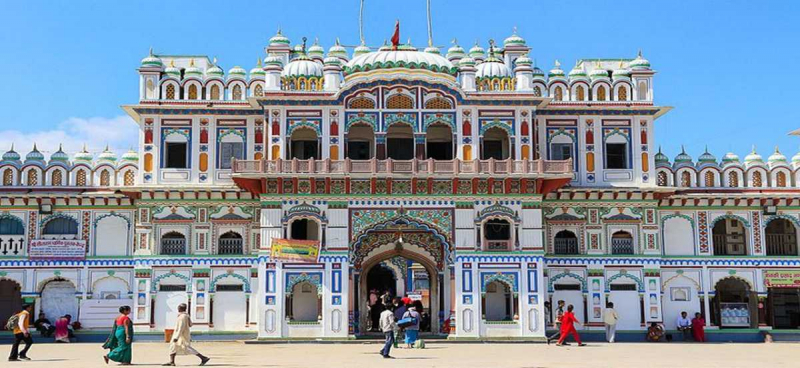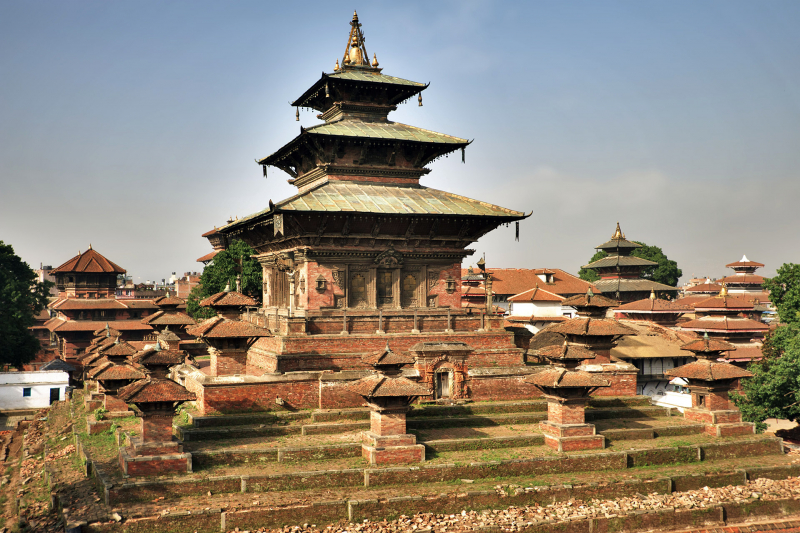Architecture
Nepali architecture, also known as Nepalese architecture, is a one-of-a-kind combination of artistic and practical considerations. Nepali architecture reflects influences from these cultural strongholds, as it is located between the trade routes of India, Tibet, and China. The pagoda architectural tradition is prominent in the country's Hindu temples. Buddhist temples, on the other hand, reflect the Tibetan tradition of Buddhist architecture, with the stupa prominently featured. Mugal, summit, and dome styles are also popular in Nepal.
Stupas of early Buddhist constructions in and around Kapilvastu in south-western Nepal, and those built by Ashoka in the Kathmandu Valley around 250 BC, are the oldest known examples of architecture in Nepal. The distinctive architecture associated solely with Nepal was developed and refined by Newa artisans of the Kathmandu Valley as early as the Lichchhavi period. Later Chinese chronicles describe Nepal's king's palace as an enormous structure with many roofs, implying that the Chinese were unfamiliar with pagoda architecture, which has now become a defining feature of Chinese architecture.
The "ankhijhyal" window, which provides a one-way view of the outside world, is an example of unique Nepali woodcraft found in domestic and public structures, ancient and modern. Many cultures paint their homes' walls with regular patterns, figures of gods and beasts, and religious symbols; others paint their walls plain, frequently with clay or chernozem contrasted with yellow soil or limestone. Roofs of religious and domestic structures protrude significantly, presumably to provide shade from the sun and rain. Domestic structures, like religious structures, have finely carved wood. It can be considered as one of the Unique Cultural Characteristics In Nepal.















